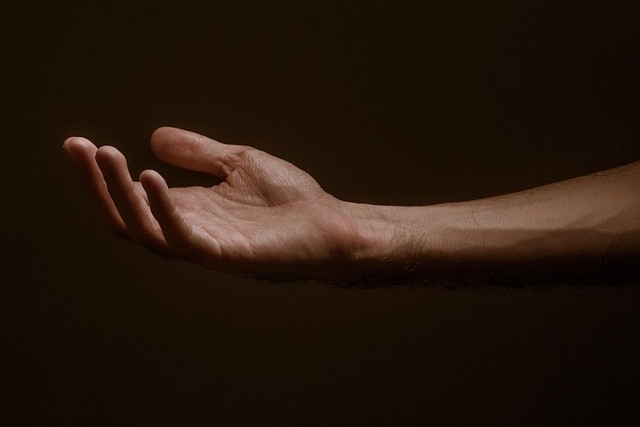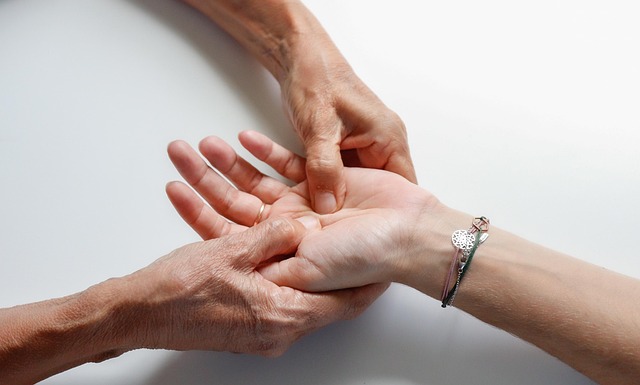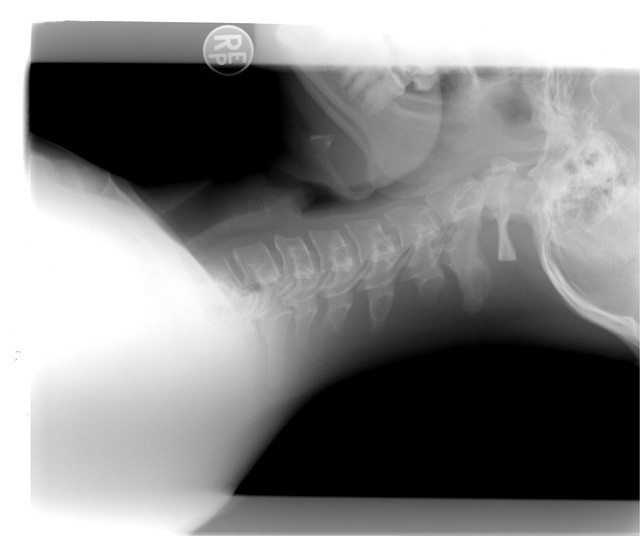In 2011, Villafañe, et. al., conducted study about Thumb carpometacarpal osteoarthritis (CMC OA) which is a common condition among the elderly, leading to pain and functional limitations. Kaltenborn manual therapy, a specialized technique involving joint mobilization, has shown promise in alleviating pain associated with CMC OA. In this double-blind, randomized controlled trial (RCT), researchers investigated the impact of Kaltenborn manual therapy on both sensory and motor function in elderly female patients with secondary CMC OA.
The study involved twenty-nine female participants aged between 70 and 90 years, all of whom had secondary CMC OA. These individuals were randomly assigned to either the Kaltenborn manual therapy group or a sham (placebo) group. The therapy consisted of Kaltenborn mobilization techniques, specifically posterior-anterior gliding with distraction in grade 3 of the carpometacarpal (CMC) joint of the dominant hand. The treatment was administered over six sessions spanning two weeks. Pain levels were assessed using algometry, measuring the pressure pain threshold (PPT) at both the CMC joint and the tubercle of the scaphoid bone. Additionally, the study assessed pinch and grip strength using standardized measures. Data was collected before the treatment and at two follow-up points, one week and two weeks after the completion of therapy.
In the sham group, there were no significant changes in any of the measured parameters during the treatment period. In contrast, the group receiving Kaltenborn manual therapy experienced notable improvements in pain management. Specifically, the PPT at the CMC joint increased from 2.98 ± 0.30 kg/cm(2) before treatment to 4.07 ± 0.53 kg/cm(2) after therapy, with this improvement persisting at the first follow-up (3.46 ± 0.31 kg/cm(2)) and the second follow-up (3.84 ± 0.36 kg/cm(2)). Similarly, PPT at the scaphoid bone increased from 3.61 ± 0.29 kg/cm(2) before treatment to 4.87 ± 0.37 kg/cm(2) post-therapy, maintaining this improvement at the first follow-up (4.44 ± 0.43 kg/cm(2)) and the second follow-up (4.22 ± 0.32 kg/cm(2)). However, there were no significant differences observed between the treatment and sham groups in terms of tip pinch, tripod pinch, and grip strength measurements, indicating that Kaltenborn manual therapy did not enhance motor function in patients with CMC OA.
This study demonstrates that Kaltenborn manual therapy can effectively reduce pain in the CMC joint and scaphoid bone regions among elderly female patients with secondary CMC OA. While the therapy did not lead to improved motor function in these patients, the findings suggest that it can be a valuable treatment option for managing pain associated with CMC OA, potentially improving the quality of life for affected individuals.
Reference: Villafañe, J. H., Silva, G. B., Diaz-Parreño, S. A., & Fernandez-Carnero, J. (2011). Hypoalgesic and motor effects of kaltenborn mobilization on elderly patients with secondary thumb carpometacarpal osteoarthritis: a randomized controlled trial. Journal of manipulative and physiological therapeutics, 34(8), 547-556.



